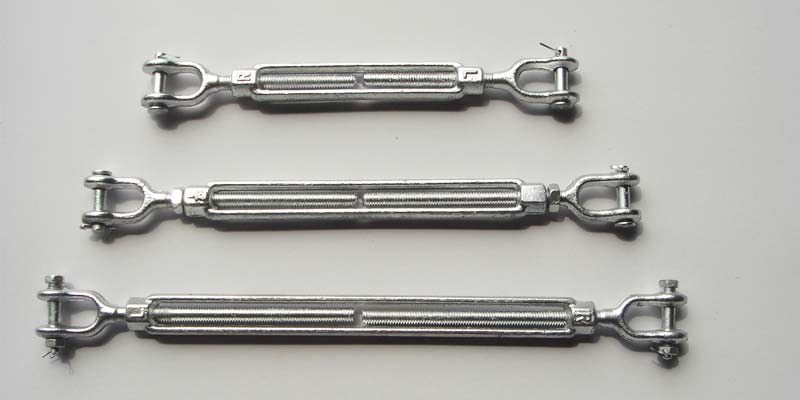- Contact Innally, Let you purchase forgings in China more favorable prices, products more assured!
- Hotline:+(86)15038323776 Email:innally@innally.com
What are the materials of rigging forgings?
- Category: Rigging and fasteners, Stainless steel forging
- |
- Date: 13/10/2023
For example, for lifting operations that require large loads, high-strength materials such as high-carbon steel or alloy steel can be selected to manufacture rigging forgings; For hauling and handling operations that require small loads, lightweight materials such as aluminum alloy can be selected to manufacture rigging forgings. In addition, it is also necessary to consider the corrosion resistance, wear resistance, strength, toughness and high temperature properties of the material
Product Details
There are many kinds of materials for rigging forgings, and suitable materials can be selected to manufacture rigging forgings according to different application scenarios and needs. Here are some common rigging forging materials:
Carbon steel
Carbon steel is a common rigging forging material with good strength, toughness and high temperature properties. It is divided into a variety of different grades, such as low carbon steel, medium carbon steel and high carbon steel, for different application scenarios. For example, low carbon steel can be used to make carabiners and connectors, medium carbon steel can be used to make lifting belts and traction equipment, etc., and high carbon steel can be used to make high-strength slings and chains.

Stainless steel
Stainless steel is a highly corrosion-resistant material that is often used to manufacture rigging forgings with high corrosion requirements. It is divided into many types, such as austenitic stainless steel, martensitic stainless steel and duplex stainless steel. Austenitic stainless steel has good toughness and corrosion resistance, commonly used as lifting belts and traction equipment; Martensitic stainless steel has high strength and hardness, and is commonly used for high-strength slings and chains. Duplex stainless steel has the advantages of austenitic stainless steel and martensitic stainless steel, has good corrosion resistance and mechanical properties, and is commonly used for Marine engineering and high-strength lifting.
Tool steel
Tool steel is a material with high hardness and wear resistance, which is often used in the manufacture of rigging forgings with high wear resistance requirements. For example, high-speed steel is a common tool steel, with high strength, high wear resistance and good toughness, commonly used as drill bits, milling cutters and gears. In addition, there are different types of low-alloy tool steel, high-carbon tool steel and oil-quenched tool steel for different application scenarios.
Aluminium alloy
Aluminum alloy is a lightweight, high-strength material that is often used to make lightweight rigging forgings. For example, 5000 series aluminum alloy is a common aluminum alloy, with good strength, hardness and corrosion resistance, commonly used as lifting belts, traction equipment and chains. In addition, there are different series of aluminum alloys such as 6000 series and 7000 series, which are suitable for different application scenarios.
When choosing rigging forging materials, it is necessary to make comprehensive consideration according to application scenarios and needs. For example, for lifting operations that require large loads, high-strength materials such as high-carbon steel or alloy steel can be selected to manufacture rigging forgings; For hauling and handling operations that require small loads, lightweight materials such as aluminum alloy can be selected to manufacture rigging forgings. In addition, it is also necessary to consider the corrosion resistance, wear resistance, strength, toughness and high temperature properties of the material
nannan
INNALLY mainly provides you with various types of cast and forged parts products. Welcome your inquiries! innally@innally.com
Related Products
Search
Forging center
- Steel forgings
- Aluminium alloy forging
- Titanium alloy forging
- Stainless steel forging
- Copper forging
- Automotive forgings
- Locomotive forging
- Bicycle forgings
- Motorcycle forging
- Rigging and fasteners
- Bearing forging
- Electric power fittings
- Marine forging
- Mechanical forgings for metalworking
- Mining machinery forgings
- Marine engineering forgings
- Construction machinery forgings
Popular product

© 2025. All Rights Reserved.






